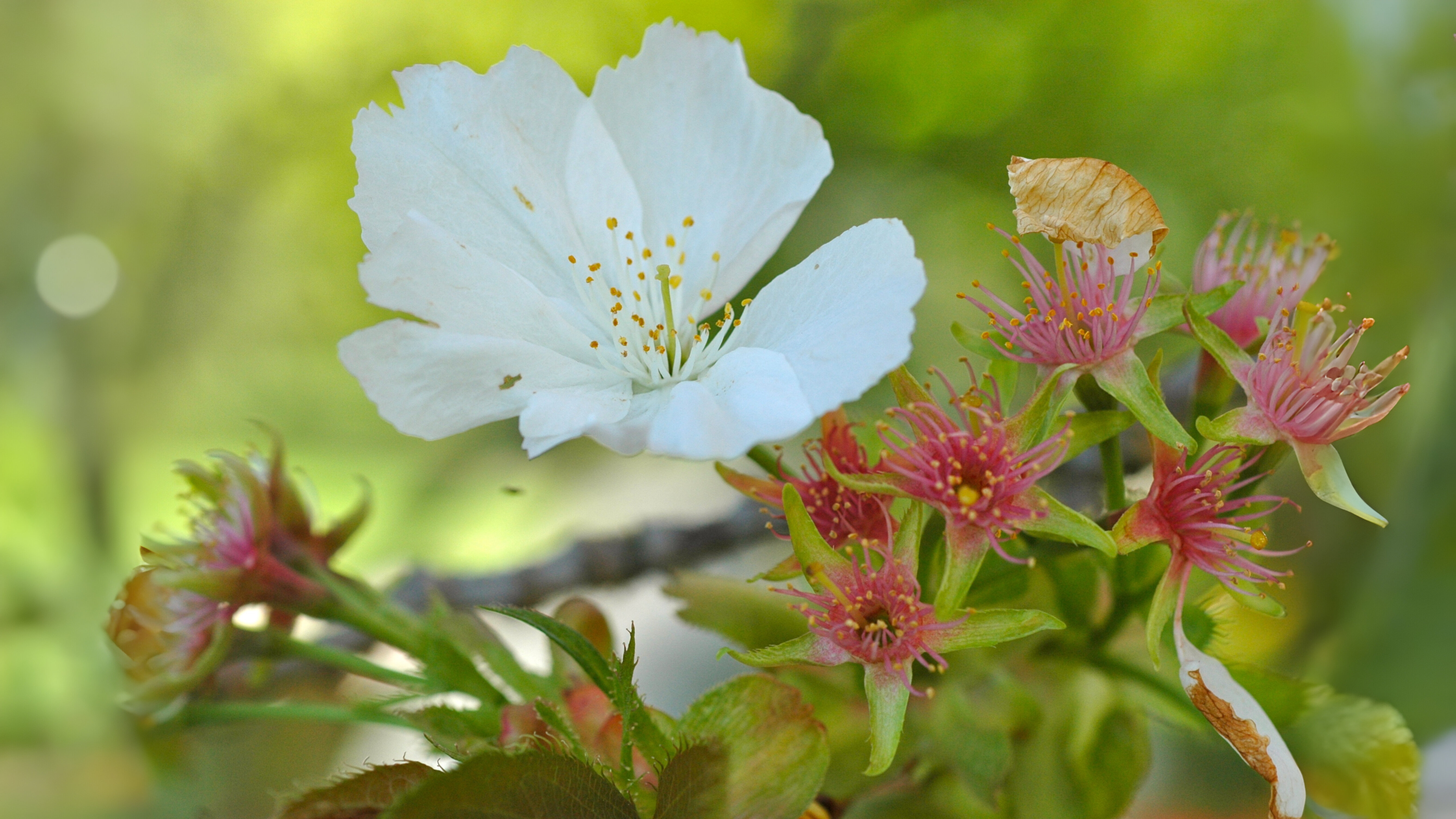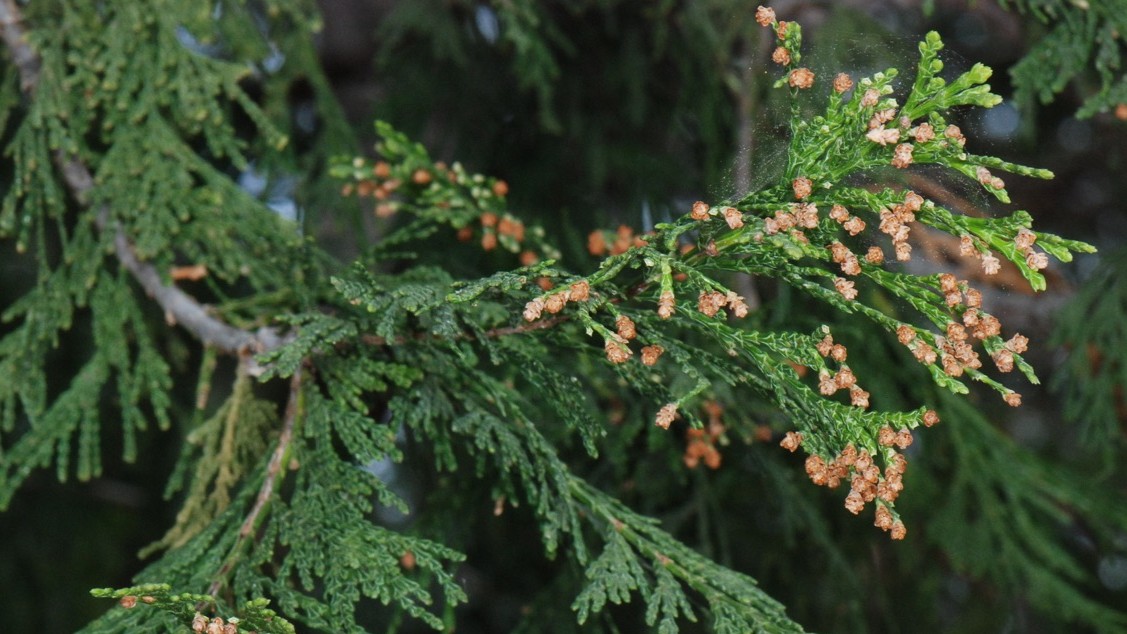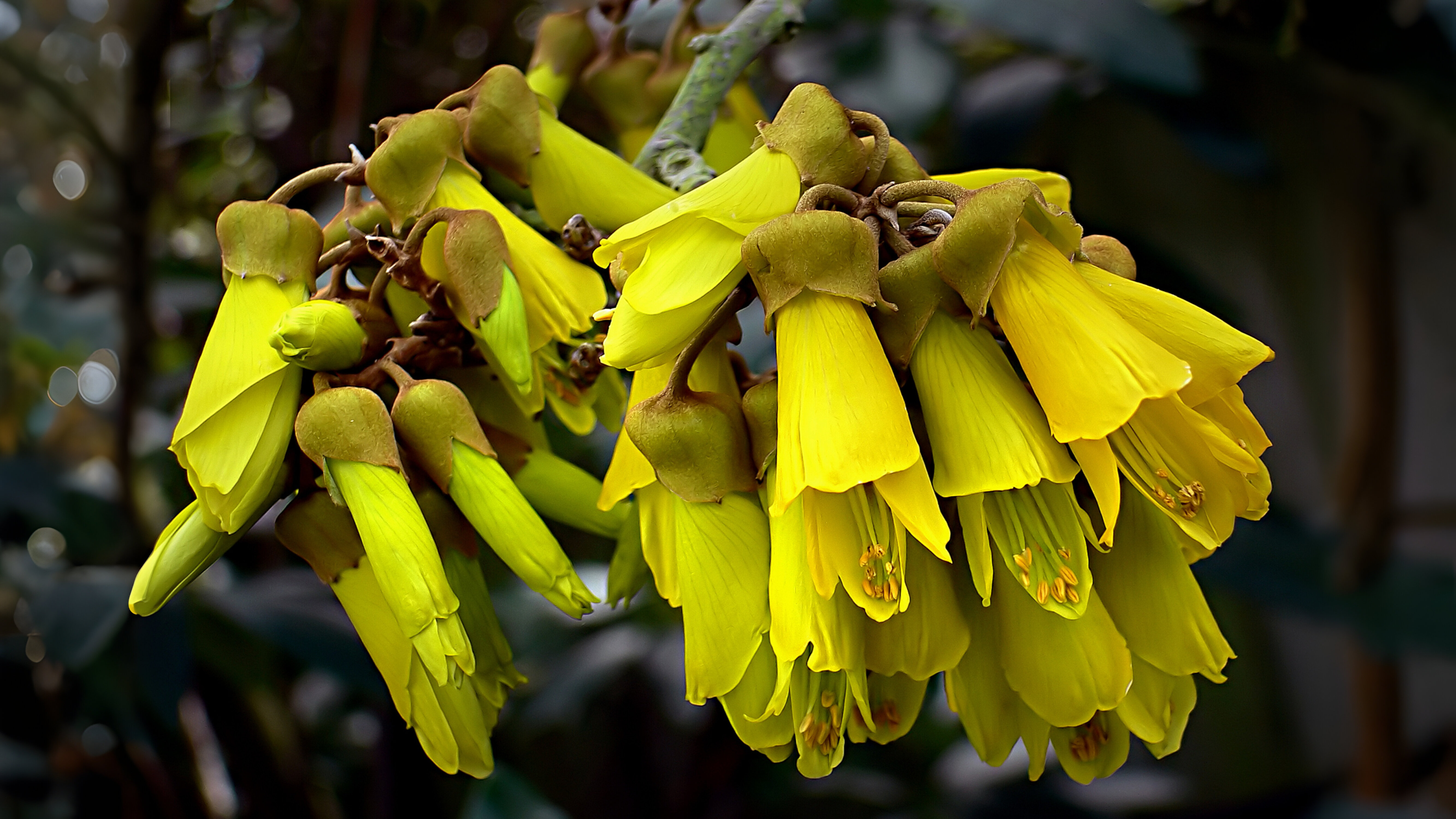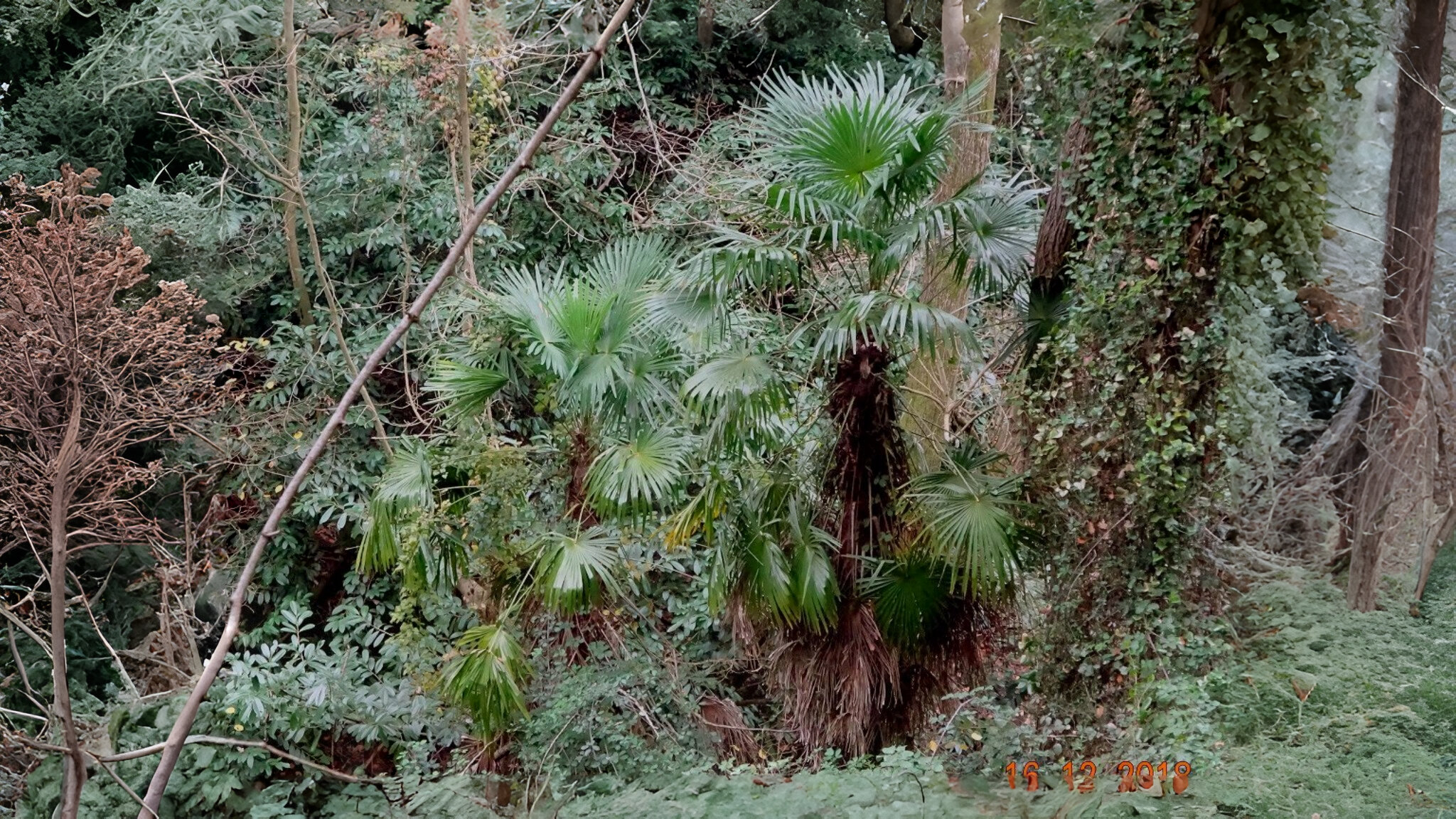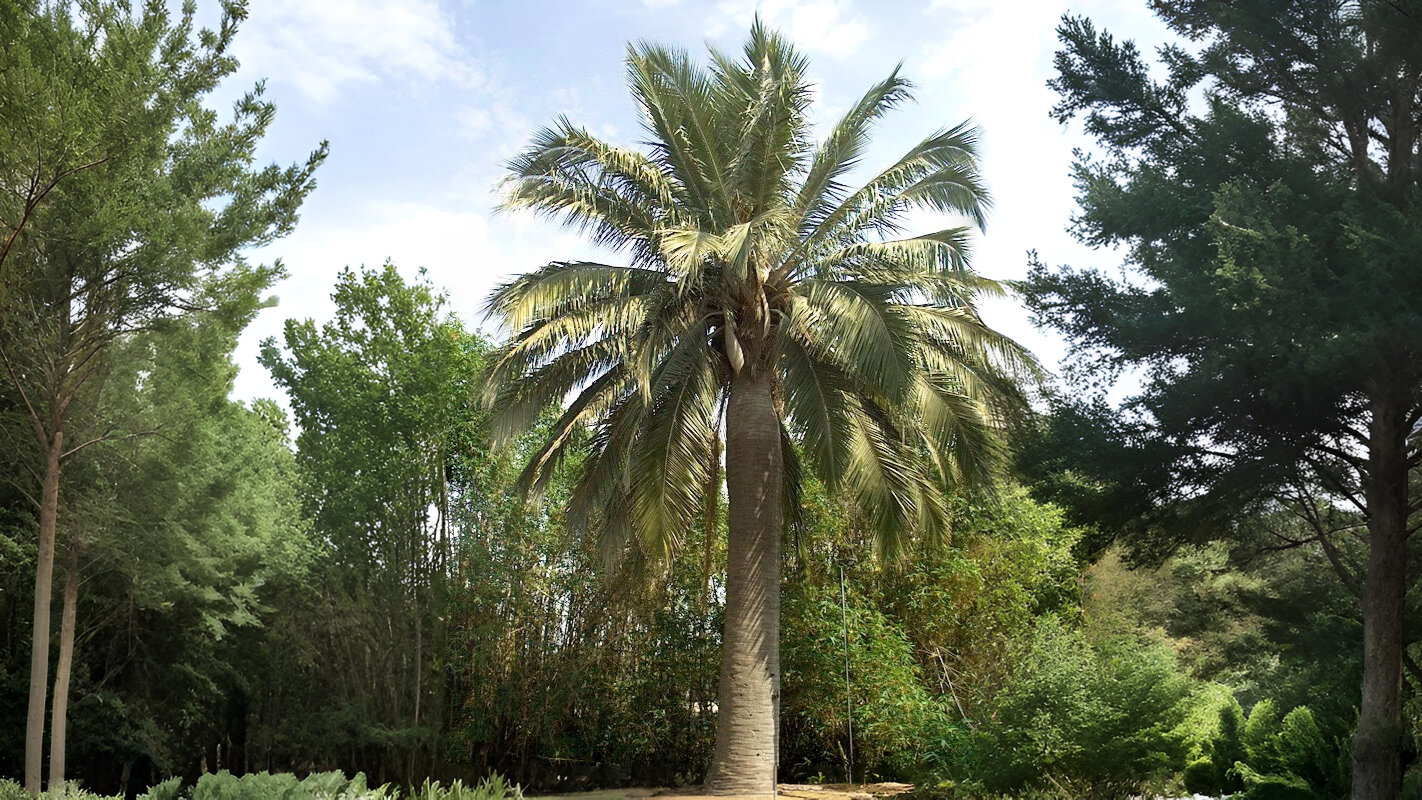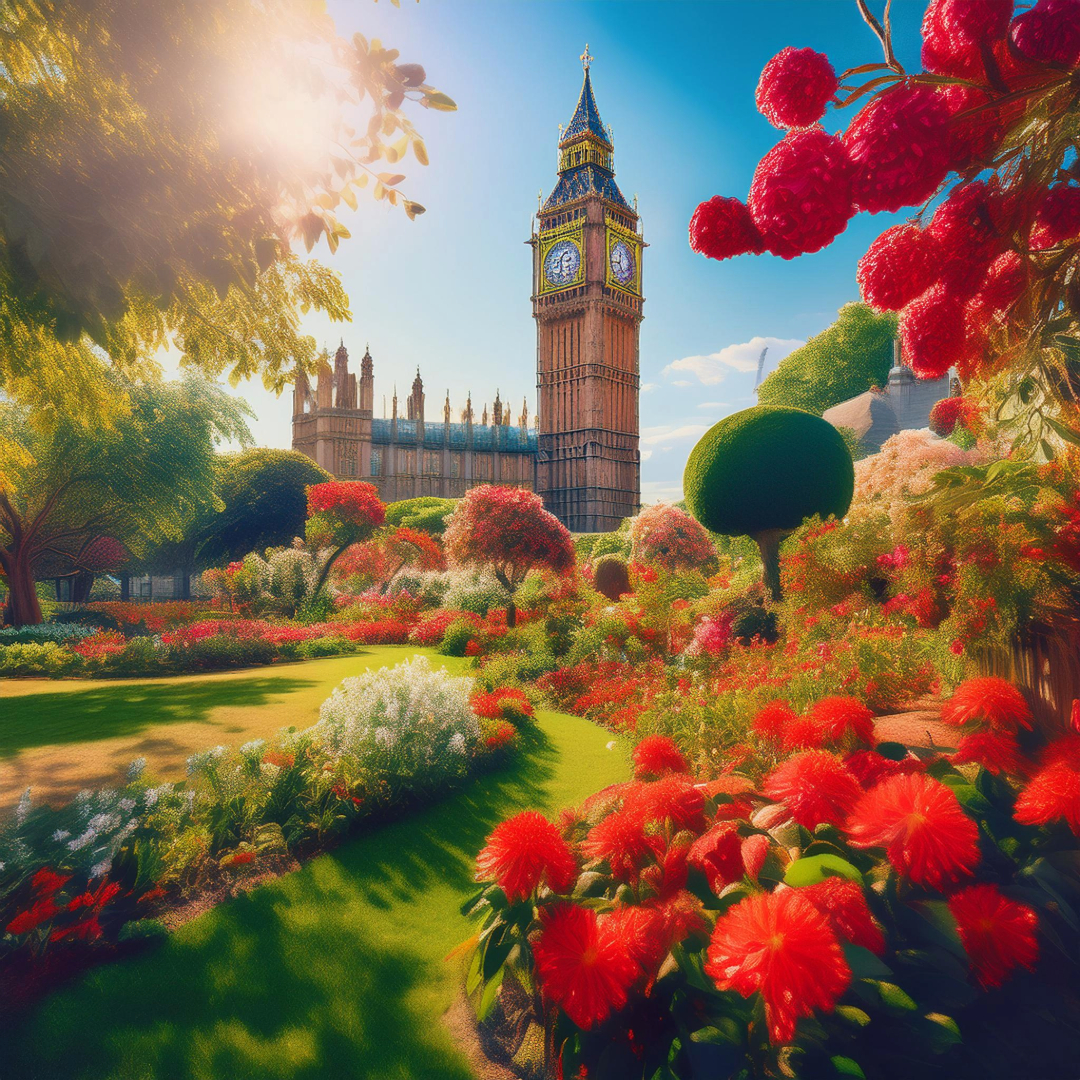
March transforms London into a floral paradise, with crab apples, pears, and mimosas painting the city in vibrant hues. From the deep red blooms of Japanese crab apples to the golden pom-poms of acacias, the city’s trees are a feast for the eyes. Even palms, once rare, are now thriving, hinting at a warmer future. Discover the stories behind these botanical wonders and the changing face of London’s green spaces. Join us on 26 March for a journey through the city’s flowering trees and palms. Don’t miss this celebration of spring’s splendor!
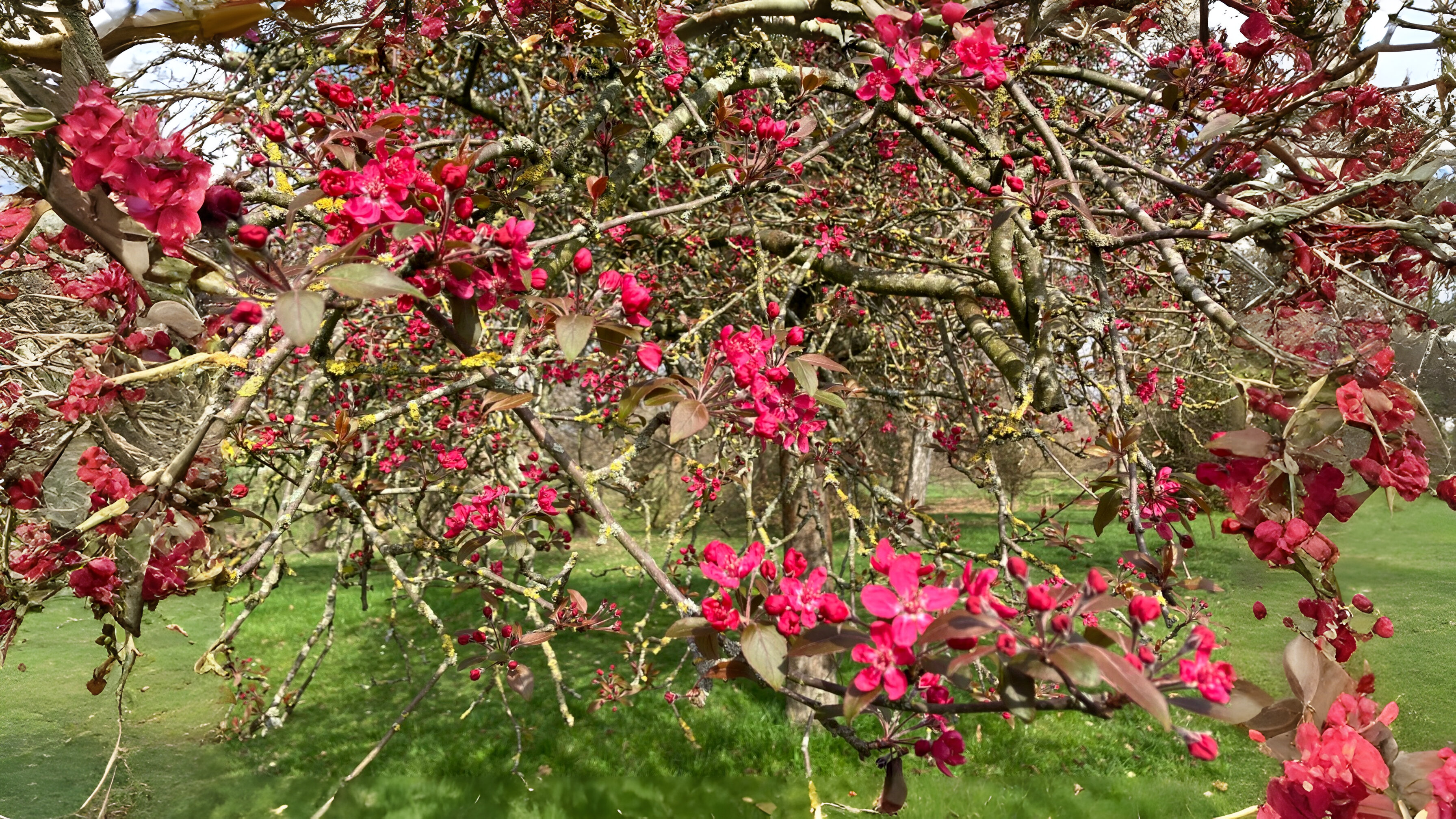

Many of the trees in flower last month continue to bloom, particularly in the first half of the month e.g. ash, alder, hazel and Cornelian cherry. Among the evergreens, the yellow flowers of the Bay tree Laurus nobilis are now fully open.
